Low-Fiber Diet: What Is It, Benefits, Meal Plan & Tips
A complete guide to healthy food choices and meals that are easy on your gut.
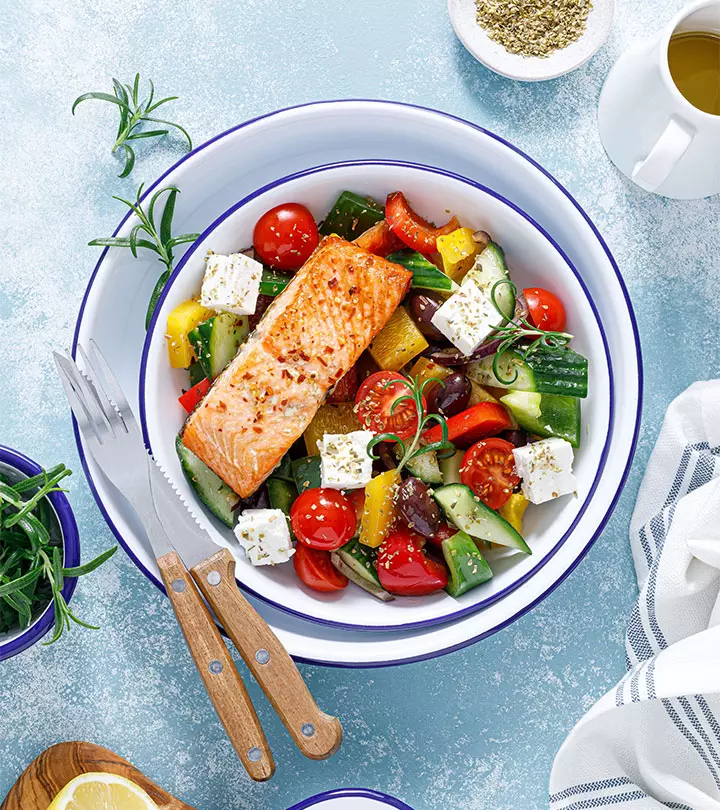
Image: Shutterstock
A low-fiber diet, also known as a low-residue diet, reduces the amount of undigested fiber in the gut and prevents flare-ups. It also reduces the stool size and frequency of bowel movements while easing constipation (1). Depending on your health requirements, your physician may restrict your fiber intake to lower the digestive strain on your intestinal tract.
It is popularly known that dietary fiber is essential for gut health as it helps bulk up and soften the stool to make it pass easily (2). However, during certain gut-related health conditions or surgeries, a low-fiber diet may be recommended for multiple reasons.
The following sections explore details about the low-fiber diet, low-fiber diet recipes, and foods to avoid. Keep reading!
 At A Glance: Low-Fiber Diet
At A Glance: Low-Fiber Diet- Principle: A diet that restricts the intake of fiber-rich foods, allowing not more than 10 g of fiber intake in a day.
- Purpose: To rest the bowels by reducing the movement of undigested food through them.
- Who It Is For: Those with digestive issues, and who had or are preparing for colonoscopyi Medical procedure that involves examining the inside of the colon and rectum using a long, flexible tube attached to a camera. and surgery.
- Duration: Short-term
- Who Should Avoid: Those who have nutrient deficiencies, as it can worsen them.
- Cons: May lead to physical weakness from nutritional deficiencies and digestive problems.
In This Article
What Is A Low-Fiber Diet?
A low-fiber diet limits the amount of fiber intake to 10 grams per day by restricting the varieties of fruits and vegetables in your daily meals (3). This helps in reducing stool production by controlling the movement of undigested food through your bowels. There are two types of fibers: soluble and insoluble. The former pulls water from the intestine to form a gel-like substance, which moves far more easily through the bowels, whereas the latter remains completely undissolvable and may irritate the stomach lining while passing through. The contraindications may differ from person to person, depending on the digestive capabilities of the individual.

Doctors often recommend a low-fiber diet to people with certain health conditions. Keep reading to understand who should follow it.
Key Takeaways
- A low-fiber diet limits the intake of fruits and vegetables and the total fiber intake is limited to 10 grams per day.
- This diet helps reduce stress on the digestive system, alleviating symptoms like constipation, abdominal pain, and inflammation.
- It is not suitable for long-term use due to potential nutrient deficiencies that may appear and require an expert’s guidance.
Who Should Follow A Low-Fiber Diet?
The low-fiber diet is beneficial to those with a history of digestive disorders like Crohn’s diseasei Chronic inflammatory bowel disease that causes digestive tract inflammation, often leading to abdominal pain, diarrhea, and weight loss. , ulcerative colitisi Chronic inflammatory bowel disease that is characterized by inflammation and formation of ulcers in the colon and rectum. , or who are recovering from bowel surgeries. It provides relief from constipation, abdominal pain, bloating, and gas formation (1).
Nevertheless, a low-fiber diet lacks essential nutrients and can be very restrictive to sustain for a long time; hence it is recommended only as a short-term therapy. You can gradually add more fibrous foods to your diet after the symptoms subside, or as prescribed by your consulting physician.
While the benefits of dietary fiber are plenty and well-known, the positive health outcomes of a low-fiber diet are not far behind. Learn about them in the following section.
Benefits Of The Low-Fiber Diet
A low-fiber diet gives the digestive system a break and eases intestinal discomfort. It is true that fiber aids in digestion, but when a particular fiber remains undigested or unfermented in the gut for too long, it can lead to inflammation. Moreover, if the quantity of dietary fiber is not reduced, it may worsen gastrointestinal conditions. Here are the benefits of a low-fiber diet:
- Alleviates Symptoms Of Gastrointestinal Conditions
A low-fiber diet can be easy to digest for individuals with certain gastrointestinal conditions and irritable bowel disease (4). It may help reduce gut irritation and the frequency of flare-ups.
- Reduces Stool Bulk
Patients need to have an empty bowel to improve gut visibility during medical examinations, such as a colonoscopy. Thus, doctors often prescribe a low-residue diet a couple of days before the colonoscopy or other surgeries to prepare the patient. The diet is considered beneficial for better cleaning of the bowels (5).
Note that the low-fiber diet is great for short-term treatment and should not be followed permanently. Studies reveal that long-term limited fiber intake may lead to increased risks of cardiovascular issues, while excessive intake of fiber-rich foods may affect the absorption of essential minerals from foods (6). Now, let’s take a look at the next section and understand what foods you can eat on a low-fiber diet.
What To Eat On A Low-Fiber Diet
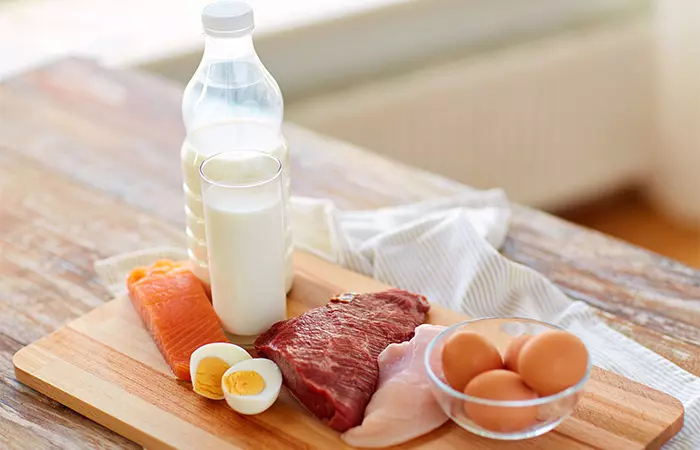
It is crucial to maintain proper nutrition intake when on a low-fiber diet. This involves selectively eating fruits, vegetables, and grains so that the daily dietary fiber intake does not exceed more than 5 to 10 grams (3). This limit may vary depending on the individual’s health requirements. Here are the foods you can eat:
- White bread (7)
- White rice (8)
- Refined cereals and pasta
- Peeled vegetables such as cucumber, leaf lettuce, mushrooms, potatoes, tomatoes, green onions, radishes, and summer squash (9)
- Fruits such as honeydew melon, grapes, sweet cherries, and watermelon (10)
- Lean, tender, ground, or well-cooked meats (11)
- Beef (12)
- Eggs (13)
- Fish (14)
- Poultry
- Dairy products like milk and yogurt (14)
- Strained juices without skin or seeds
Similarly, it is important to take note of foods that are restricted on a low-fiber diet. Scroll down to know what foods to stay away from when on this diet.
What To Avoid On A Low-Fiber Diet
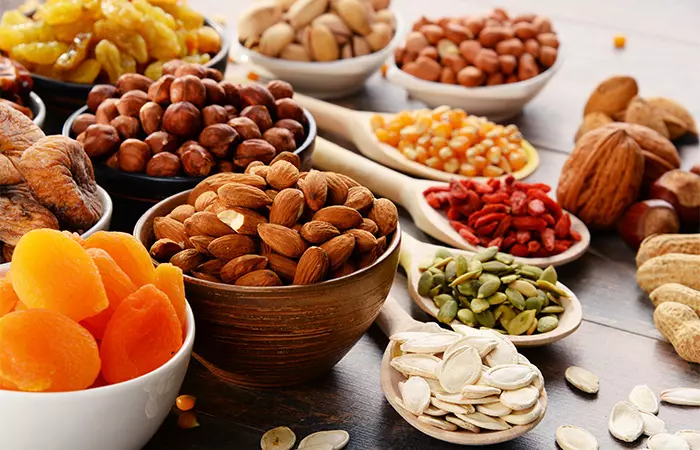
On a low-fiber diet, you need to avoid one thing—high-fiber foods. They can aggravate gastrointestinal issues, cause bloating, and gas, and increase the frequency of bowel movements. Therefore, avoid:
- Vegetables such as broccoli, green beans, onions, sweet potatoes, celery, cauliflower, kale, peas, carrots, turnip, okra, and Brussels sprouts (9), (15).
- Chunky peanut butter (16).
- Nuts, seeds, and dried fruit (17).
- Whole-grain bread, cereals, pasta, rye, and oatmeal (8).
- Wild or brown rice(18).
- Bananas (19).
 Did You Know?
Did You Know?A low-fiber diet plan can help you schedule your meals effectively and keep your diet sorted. Take a look below for a weekly diet plan sample.
7-Day Low-Fiber Diet Plan
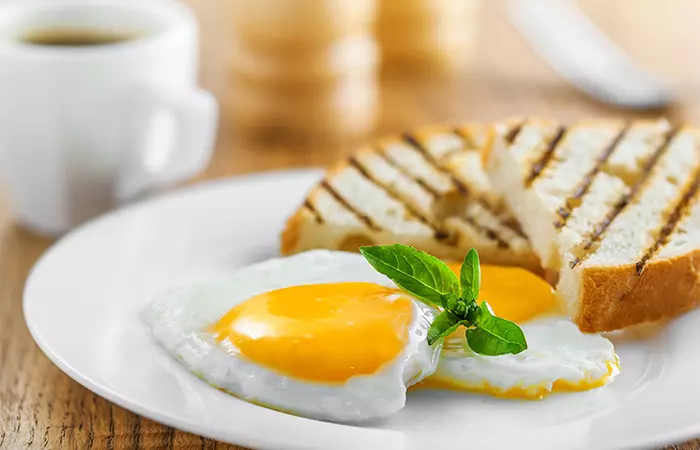
| Breakfast | Lunch | Snack | Dinner | |
|---|---|---|---|---|
| Day 1 | 2 scrambled eggs with 2 slices of white bread toast | 1 cup of cooked white rice with well-cooked chicken (115- 170 g) | ⅕ cup of applesauce (strained, without skin) | Baked salmon (115-170 g) with 1 cup of mashed potatoes (without skin) |
| Day 2 | Cream of rice cereal – ¼ cup (or follow package instructions for 1 serving). | 1 cup of white pasta with butter (1-2 tablespoons) and grated parmesan cheese (2-3 tablespoons) | 1 cup of strawberries and watermelon | Grilled chicken breast (115-170 g) with 1 cup of cooked white rice |
| Day 3 | 1 glass of smoothie with berries and yogurt (170 grams) and 1 spoon of honey for taste | White bread sandwich (2 slices) with thin turkey slices (80-115 g) and mayonnaise for taste (2 tablespoons) | Jello or pudding (⅕ cup or follow the package instructions for 1 serving) | Baked cod (115-170 g) with 1 cup of mashed potatoes (without skin) |
| Day 4 | 100 g of oatmeal | 1 cup of creamy potato soup | 1 cup of peach juice (strained) | Pork tenderloin (115-170 g) with 1 cup of cooked rice |
| Day 5 | 2 scrambled eggs with 2 slices of white bread toast | 1 cup of cooked rice with 1 cup of cooked carrots | 1 cup of pear juice (strained) | Roasted chicken (115-170 g) with 1 cup of mashed potatoes |
| Day 6 | Cream of rice cereal – ¼ cup (or follow package instructions for 1 serving). | White bread sandwich (2 slices) with tuna salad (80-115 g) | 1 cup of applesauce (strained) | Baked tilapia (115-170 g) with 1 cup of white rice |
| Day 7 | 1 glass of smoothie with grapes and yogurt (170 g) and 1 tablespoon of honey for taste | 1.5 cups of white pasta with alfredo sauce | 1 cup of jello or pudding without fruit pieces. | Grilled steak (115-170 g) with 1 cup of mashed potatoes |
Low-Fiber Gluten-Free Alternatives
- Bread made with white rice or tapioca flour.
- Pasta made with white rice or corn flour.
- Gluten-free oats.
Low-Fiber Vegan Alternatives
- Tofu or chickpea flour scramble instead of eggs.
- Vegan patties made of soy, seitan, or mushrooms instead of chicken patties
- Chickpea salad instead of tuna salad.
- Tempeh instead of pork tenderloin.
- Roasted vegetables instead of roasted chicken.
Meal Planning Tips
- Peel and deseed the ingredients ahead of time so that you can add them to any recipe at any time.
- Prepare a big batch of grains like rice to use in different meals during the week.
- Make a large batch of soups and freeze them to enjoy throughout the week.
- Keep low-fiber snacks like applesauce and low-fiber fruits handy.
These low-fiber diet options and tips will help reduce the workload of the gastrointestinal tract and minimize the stool bulk. However, if you are preparing for a colon examination or surgery, you need to stick to a more specific low-fiber diet. Explore the next section to learn about these food options.
Low-Fiber Diet For Colonoscopy And Colon Surgery

A low-fiber diet is highly effective in bowel preparation for colonoscopy and colon surgery (21). The following diet is usually recommended prior to these medical procedures.
- Take clear liquids such as water, and electrolytes such as broth juice (apple, white grape, clear cranberry), tea, or coffee (22), (3). This will ensure sufficient hydration and ease bowel movements.
- Taking chicken or fish without the skin and bones is a great fiber-free diet that can deliver better visibility during colonoscopy (23). In a study, it was found that individuals also experienced less hunger with a low-fiber diet as compared to a clear liquid diet (24).
Some other low-fiber diet options for colonoscopy include –
- Tofu (soft or silken)
- Toast (white or gluten-free bread)
- Rice (white)
- Mashed potatoes (without skin or milk)
- Yogurt (plain, unsweetened)
- Popsicles (made with clear liquids, such as juices without pulp)
A high-fiber diet can make you gassy and cause bloating as well as stomach cramps. Hence, check out the section below for some low-fiber foods you can include to ease your stomach and bowels.
Low-Fiber Foods To Ease Constipation
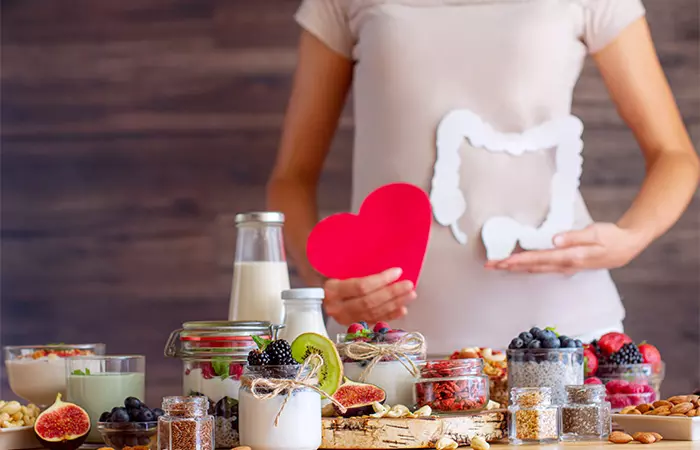
A low-fiber diet can help reduce the load on the digestive system and help with the easy emptying of the bowels (1).
You can refer to the following low-fiber diet food list for constipation (25):
- Japanese prunes (19)
- Green kiwifruit
- Fish
- Chicken
- Turkey
- Lean meats
- Drink plenty of water (2 to 3 liters/day)
 Did You Know?
Did You Know?To make a low-fiber diet more effective and help ease your diet journey, you need to note a few important tips. Keep reading to see what they are.
Tips For A Low-Fiber Diet
- Consult a dietitian before starting a low-fiber diet. They can curate your diet as per your needs to ensure your intake of essential nutrients.
- Choose products labeled “low-fiber” or “fiber-free.”
- Remove the peels before consuming fruits and vegetables. Peels are high in fiber and removing them will reduce their fiber content (27).
- Properly cook the food to make it easily digestible.
- Limit spice intake or avoid excessively spicy foods as they can affect the digestive system.
- Consume small portions of food at a time for better digestion.
- Consider keeping a food diary to track your daily fiber intake to avoid overconsumption.
Conclusion
A low-fiber diet limits the consumption of fruits and vegetables and is usually recommended for people undergoing procedures such as colonoscopies and gut surgeries. It reduces the amount of undigested food in the gut and may also help relieve the symptoms of gastrointestinal issues like bloating and excessive flatulence. By reducing the intake of non-digestible fibers, this diet may also help alleviate symptoms of constipation or inflammation. However, it is important to remember that a diet poor in fiber is not a long-term solution. If it is followed for an extended period, it can lead to nutritional deficiencies and other health risks, such as cardiovascular and coronary heart diseases (28). Therefore, always consult a health professional or a dietitian to design a diet as per your needs.
Infographic: Foods To Exclude On A Low-Fiber Diet
A low-fiber is intended to restore gut health and reduce the amount of stool. It helps combat inflammatory triggers for conditions such as IBD, constipation, etc. There are certain foods that you should steer clear of in order to prevent serious flare-ups. The infographic below contains a list of high-fiber foods to eliminate when on a low-residue diet. Scroll down to take a look!
Some thing wrong with infographic shortcode. please verify shortcode syntax
Frequently Asked Questions
Are bananas okay for a low-fiber diet?
No. Bananas have high fiber content and cause the stool to bulk up (29).
Can I eat pizza on a low-fiber diet?
Yes, you can eat a pizza on a low-fiber diet if it is made with a white flour crust with low-fiber toppings.
Can I eat chocolate on a low-fiber diet?
It is best to avoid it or eat it sparingly because it is rich in fiber. Every 100 grams of dark chocolate contains 10 grams of fiber (30).
Can I eat potato chips on a low-fiber diet?
Yes, you can eat potato chips on a low-fiber diet as 100 grams of potato chips (plain and salted) contain only 3.1 grams of fiber (31).
Is a low-fiber diet a long-term solution?
No, a low-fiber diet is not a long-term solution. If continued for an extended period, this restrictive diet can lead to nutrient deficiencies and increase the risk of cardiovascular diseases (28).
How long do I need to follow a low-fiber diet after colon surgery?
You may be advised to follow a low-fiber diet for four to six weeks after colon surgery to allow your gut to heal properly without much digestive stress.
Is rice a low-fiber food?
Yes, white rice is a low-fiber food. It has the lowest fiber content (90.4 grams) per 100 grams as compared to other varieties, such as brown rice (1.6 grams) and black rice (4.7 grams) (32), (33).
Can I still enjoy tasty meals on a low-fiber diet?
Yes, you can still enjoy tasty and satisfying meals on a low-fiber diet. Use mild herbs and seasonings such as cinnamon, lime, paprika, vanilla, etc., to add flavor. You may also include multiple food groups such as poultry, fruits, and vegetables to make your meal more appealing.
Illustration: Low-Fiber Diet: What Is It, Benefits, Meal Plan & Tips

Image: Stable Diffusion/StyleCraze Design Team
Improperly emptied bowels can impact the results of colonoscopy examination results. Therefore, it is important to adhere to a diet that helps in easy defecation. Watch the video to learn more about the dietary restrictions one should follow before a colonoscopy.
References
Articles on StyleCraze are backed by verified information from peer-reviewed and academic research papers, reputed organizations, research institutions, and medical associations to ensure accuracy and relevance. Read our editorial policy to learn more.
- Stopping or reducing dietary fiber intake reduces constipation and its associated symptoms
https://www.ncbi.nlm.nih.gov/pmc/articles/PMC3435786/ - Dietary fiber in irritable bowel syndrome (Review)
https://www.ncbi.nlm.nih.gov/pmc/articles/PMC5548066/. - Low-residue and low-fiber diets in gastrointestinal disease management
https://www.ncbi.nlm.nih.gov/pmc/articles/PMC4642427/ - An examination of diet for the maintenance of remission in inflammatory bowel disease
https://www.ncbi.nlm.nih.gov/pmc/articles/PMC5372922/ - Impact of low-residue diet on bowel preparation for colonoscopy
https://www.semanticscholar.org/paper/Impact-of-Low-Residue-Diet-on-Bowel-Preparation-for-Wu-Rayner/c928f7c563aa891c4167b4610d9f0afcaf68dad8 - Therapeutic benefits and dietary restrictions of fiber intake: A state of the art review
https://www.ncbi.nlm.nih.gov/pmc/articles/PMC9268622/ - Is wheat bread a better choice than white bread?
https://www.ncbi.nlm.nih.gov/pmc/articles/PMC8181512/ - Dietary fibre from whole grains and their benefits on metabolic health
https://www.ncbi.nlm.nih.gov/pmc/articles/PMC7599874/ - Vegetables nutrition facts raw edible weight portion
http://www.fda.gov/food/nutrition-food-labeling-and-critical-foods/nutrition-information-raw-vegetables - Fruits nutrition facts raw edible weight portion
http://www.fda.gov/food/nutrition-food-labeling-and-critical-foods/raw-fruits-poster-text-version-accessible-version - Incorporating dietary fiber from fruit and vegetable waste in meat products: A systematic approach for sustainable meat processing and improving the functional nutritional and health attributes
https://www.ncbi.nlm.nih.gov/pmc/articles/PMC9988266/ - Beef variety meats and by-products liver raw
https://fdc.nal.usda.gov/fdc-app.html#/food-details/169451/nutrients - The golden egg: Nutritional value bioactivities and emerging benefits for human health
https://www.ncbi.nlm.nih.gov/pmc/articles/PMC6470839/ - Dietary fiber and WHO food categories extension for the food-pics_extended database
https://www.ncbi.nlm.nih.gov/pmc/articles/PMC9226567/ - Lifestyle changes: Effect of diet exercise functional food and obesity treatment on lipids and lipoproteins
https://www.ncbi.nlm.nih.gov/books/NBK326737/table/lipids_lifestyle-changes-lipids-and-lipoproteins.T._7/ - Inflammatory bowel disease: Are symptoms and diet linked?
https://www.ncbi.nlm.nih.gov/pmc/articles/PMC7650696/ - Brown rice a diet rich in health promoting properties
https://pubmed.ncbi.nlm.nih.gov/31619639/ - Diets for constipation
https://www.ncbi.nlm.nih.gov/pmc/articles/PMC4291444/ - Dietary fiber in foods: A review
https://www.ncbi.nlm.nih.gov/pmc/articles/PMC3614039/ - Low-residue diet for colonoscopy in veterans: Risk factors for inadequate bowel preparation and patient satisfaction and compliance
https://www.ncbi.nlm.nih.gov/pmc/articles/PMC7241790/ - Antihyperglycemic therapy during colonoscopy preparation: A review and suggestions for practical recommendations
https://www.ncbi.nlm.nih.gov/pmc/articles/PMC6620874/ - Prerequisites of colonoscopy
https://www.ncbi.nlm.nih.gov/pmc/articles/PMC4130887/ - Low-residue versus clear liquid diet before colonoscopy
https://www.ncbi.nlm.nih.gov/pmc/articles/PMC7717789/ - Constipation – self-care
https://medlineplus.gov/ency/patientinstructions/000120.htm - Water consumption and prevalence of irritable bowel syndrome among adults
https://www.ncbi.nlm.nih.gov/pmc/articles/PMC6980581/ - Fruit and vegetable peel-enriched functional foods: Potential avenues and health perspectives
https://www.ncbi.nlm.nih.gov/pmc/articles/PMC9273365/ - Dietary fibre intake and risk of cardiovascular disease: Systematic review and meta-analysis.
https://www.bmj.com/content/347/bmj.f6879 - High fiber diet
https://www.ncbi.nlm.nih.gov/books/NBK559033/ - Chocolate dark 70-85% cacao solids
https://fdc.nal.usda.gov/fdc-app.html#/food-details/170273/nutrients - Snacks potato chips plain salted
https://fdc.nal.usda.gov/fdc-app.html#/food-details/169677/nutrients - Rice white long-grain regular enriched cooked
https://fdc.nal.usda.gov/fdc-app.html#/food-details/168878/nutrients - Rice brown long-grain cooked (includes foods for USDA’s food distribution program)
https://fdc.nal.usda.gov/fdc-app.html#/food-details/169704/nutrients - Black Rice
https://fdc.nal.usda.gov/fdc-app.html#/food-details/2106513/nutrients
Read full bio of Mary Sabat
Read full bio of Himanshi Mahajan
Read full bio of Ravi Teja Tadimalla
Read full bio of Moksha Gandhi






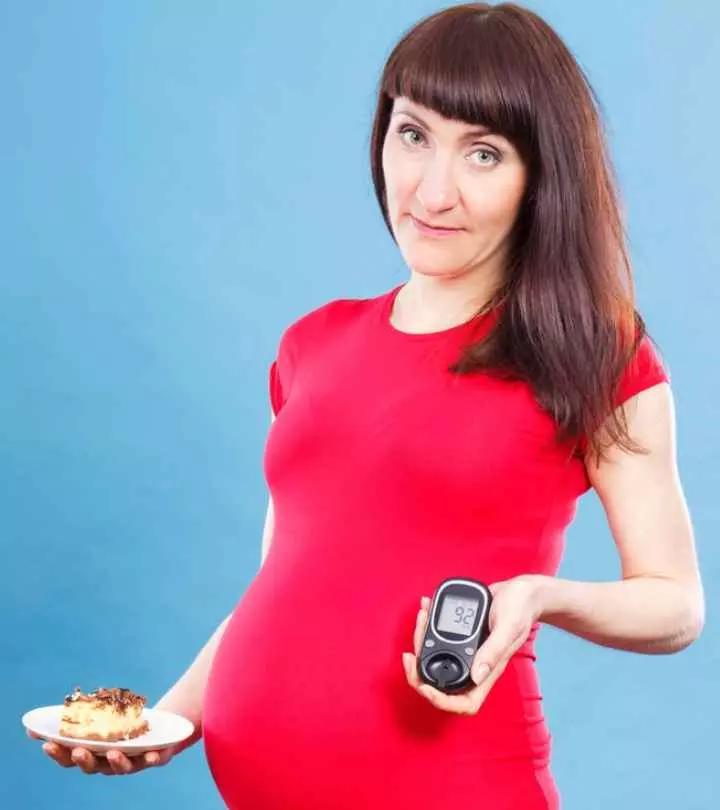
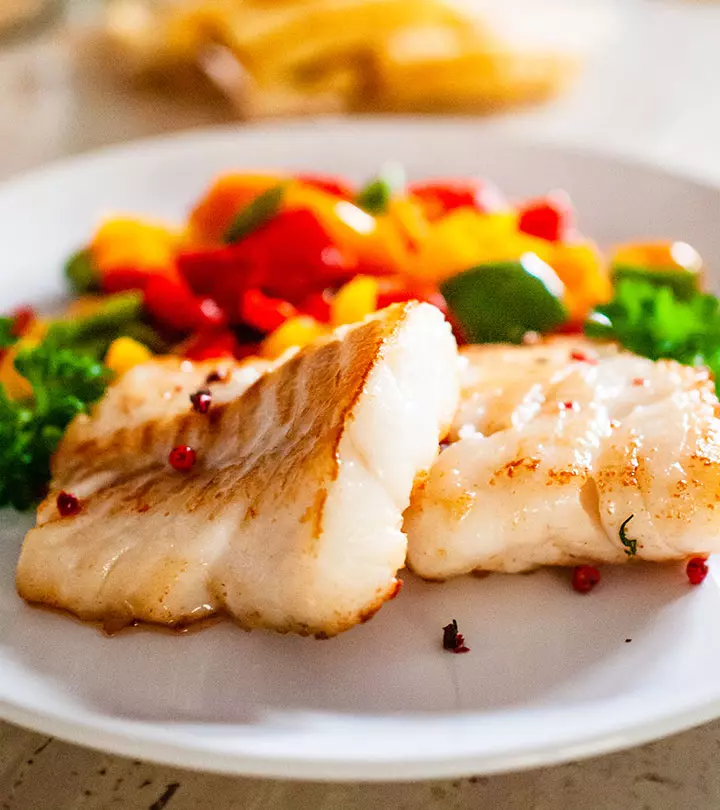
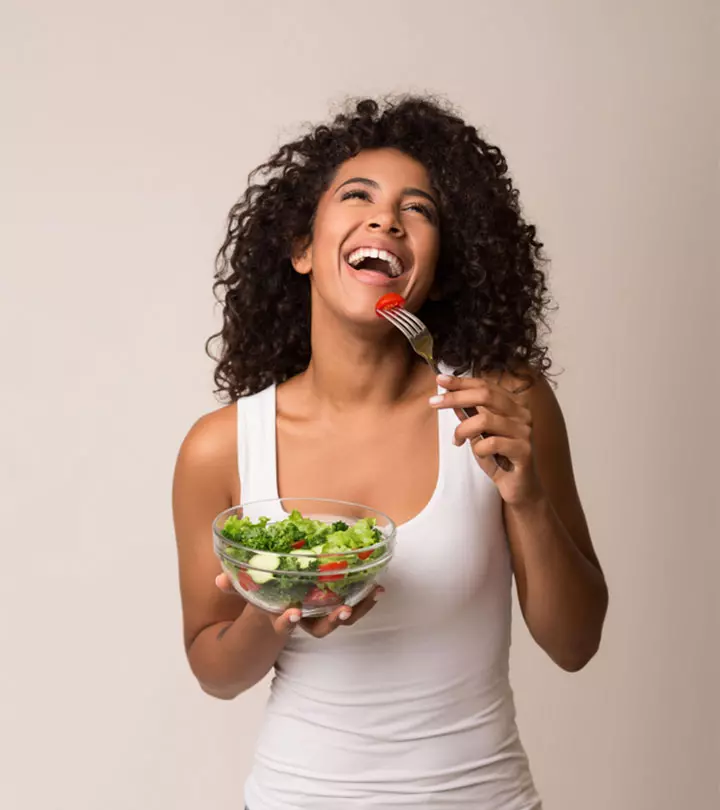


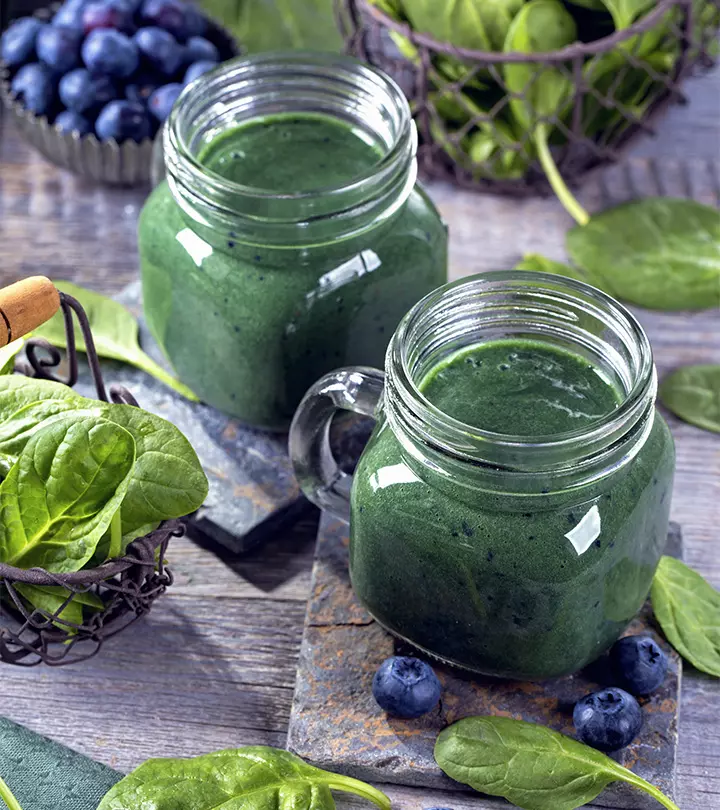
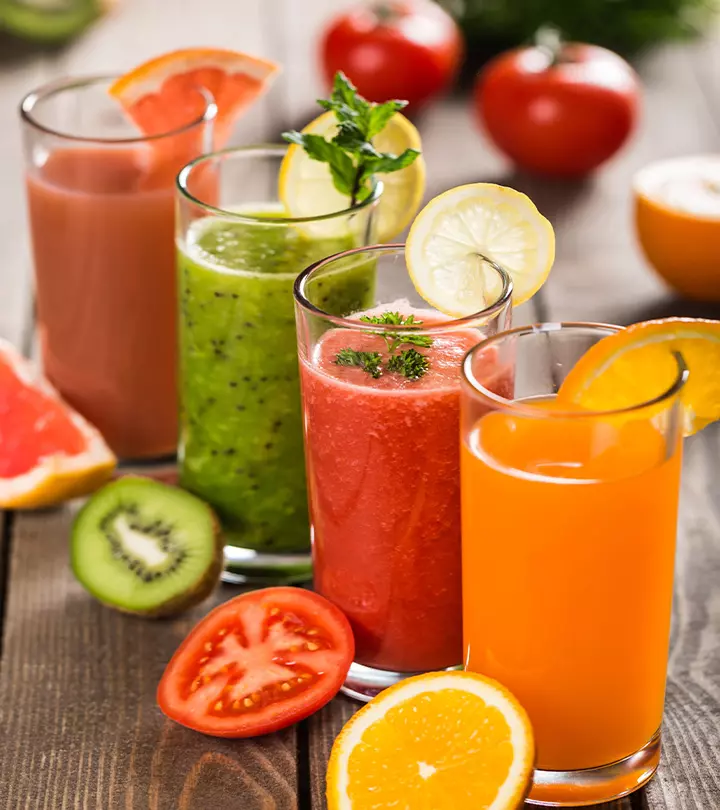

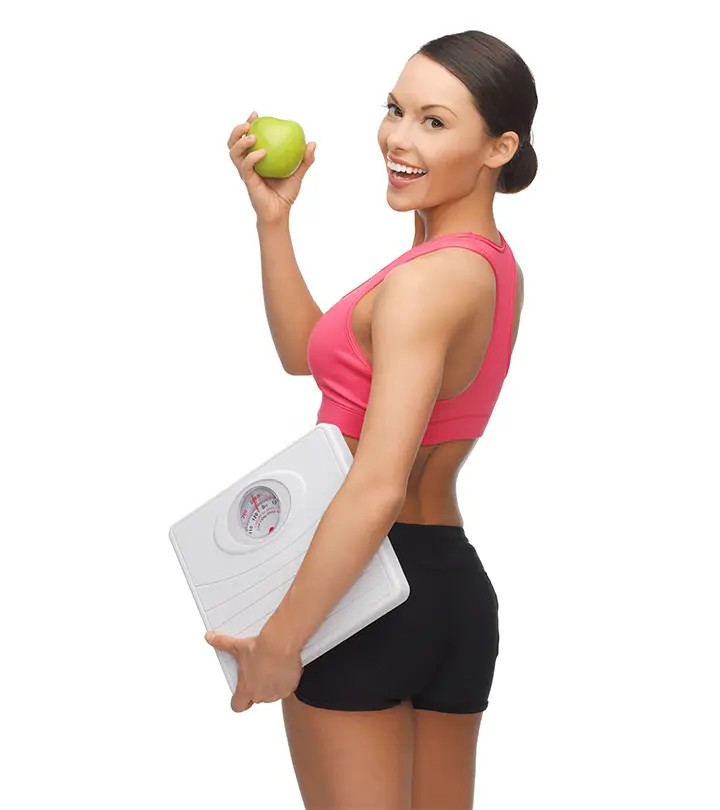
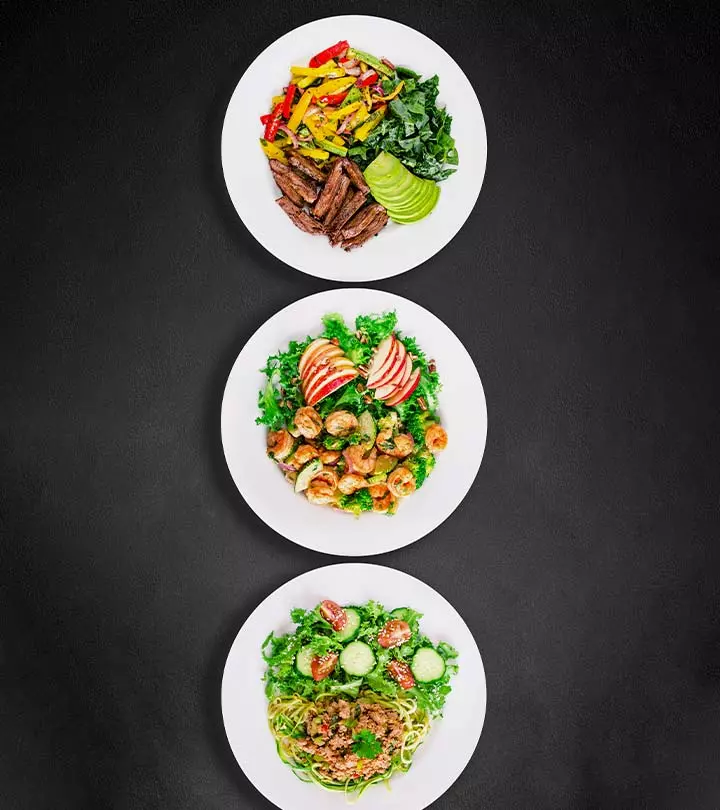


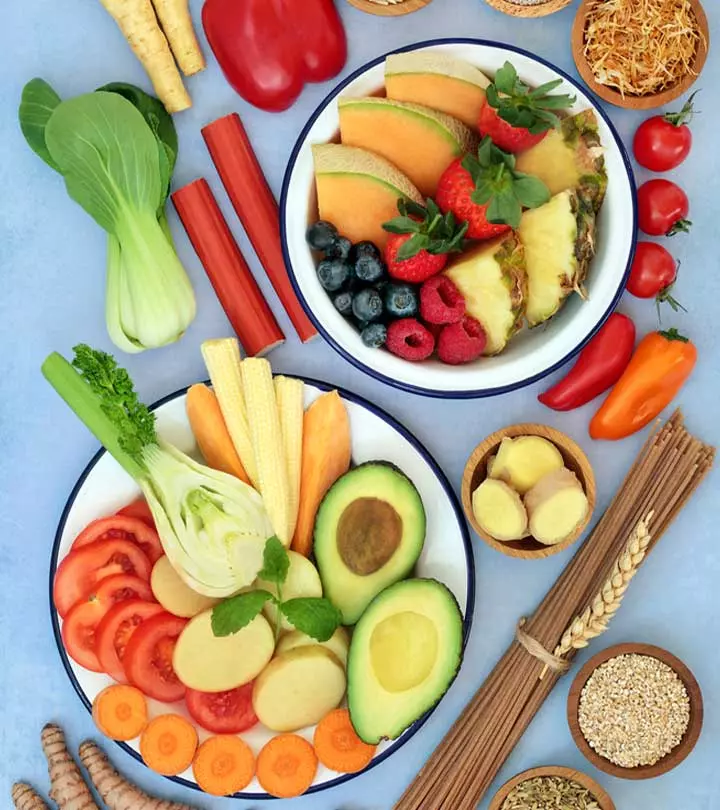
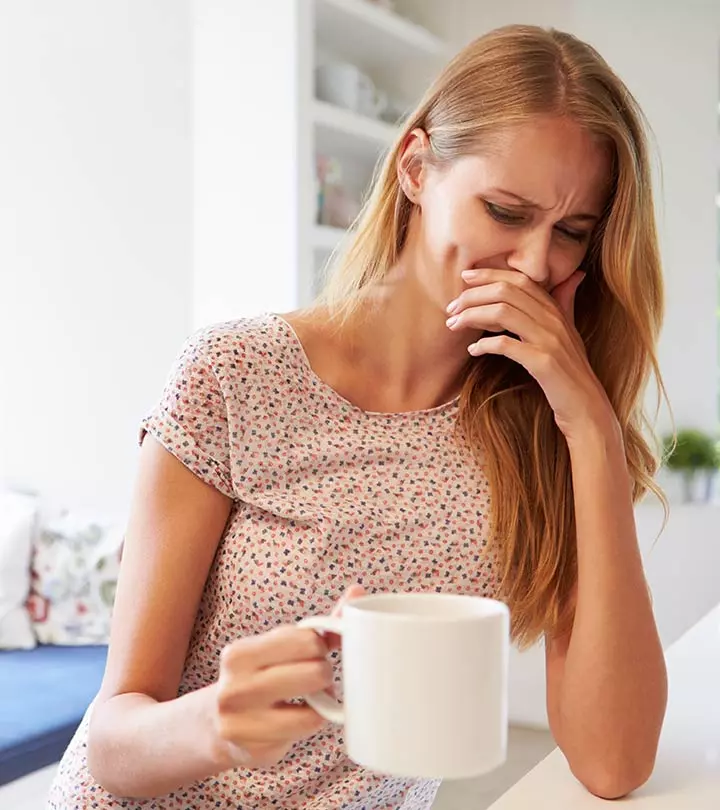



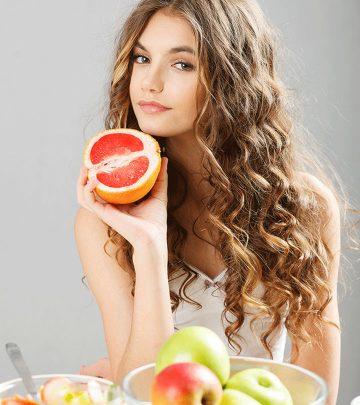

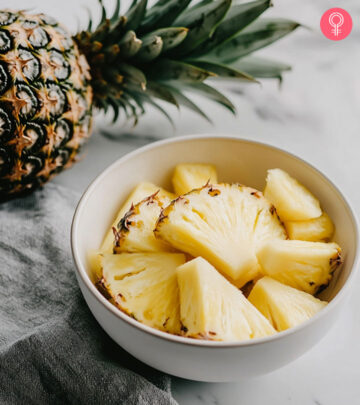
Community Experiences
Join the conversation and become a part of our empowering community! Share your stories, experiences, and insights to connect with other beauty, lifestyle, and health enthusiasts.